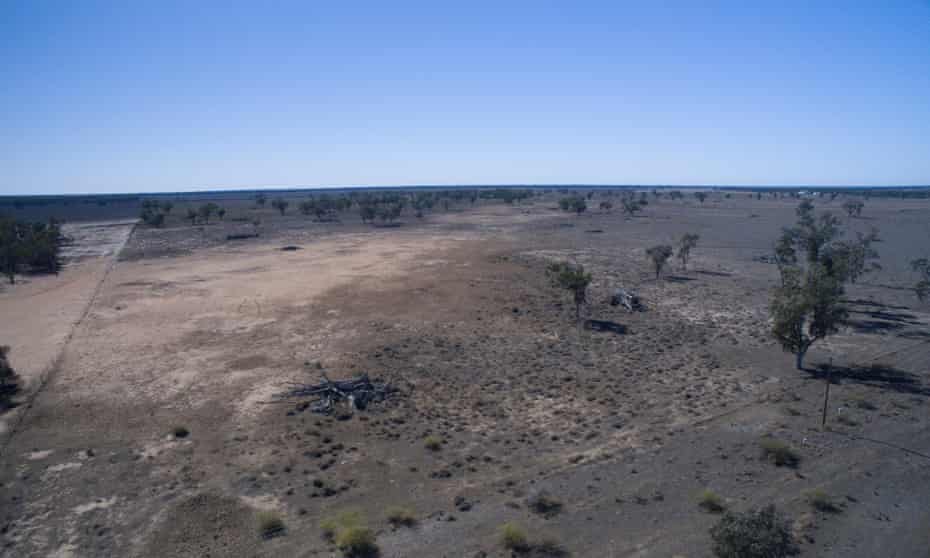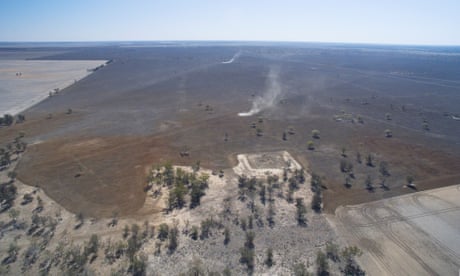Extract from The Guardian
Scott Morrison has to be very selective with the data to make a favourable global comparison.

According to prime minister Scott Morrison, two years ago the message he was giving the public on climate change was that “we need to get emissions down”.
In a morning TV interview with Nine News political editor, Chris Uhlmann, Morrison accepted Australia was now a harder place to live because of the climate crisis, and tried to suggest his priority had always been getting emissions down.
“I said this a couple of years ago,” Morrison said.
“I said we need to get emissions down, and we’ve got it down by more than 20 %. Canada can’t say that. New Zealand can’t say that. United States can’t say that. Japan can’t say that. But we can.”
Before we get into this, what those countries also can’t say is that they’re among the world’s biggest exporters of both coal and gas; that their government has marketed a “gas-fired recovery” from a global pandemic; or that they have a leader who once held aloft a lump of coal in parliament and told everyone not to be scared of it.
Before last year’s UN climate talks in Glasgow, one thing all of those countries did do was improve their emissions targets.
Australia refused, and is still stuck with the same Abbott-era target to cut emissions by 26% by 2030 based on 2005 levels (Canada’s target is now 40% and the US’s is 50%).
But back to Morrison’s list. When it comes to communicating its emissions, the government has to be very selective for it to make a favourable comparison with those countries.
The United Nations official record of emissions from countries that have signed the climate change convention (that is, pretty much every country on the planet) has figures up to and including 2019.
But the government has previously told the ABC’s Fact Check unit that to make the 20% claim, it has been using more recent quarterly figures that cover a period when emissions slowed around the world from the coronavirus pandemic.
That means we can’t compare these more recent year-to-date Australian figures to those of other countries.
First, the essential caveat because UN emissions data comes in two forms. One includes the impacts of changes to vegetation on emissions (such as forests being cleared or regrowing), and the other doesn’t.
Australia uses the data that includes forestry because, as historical land clearing since European invasion has slowed, this has seen emissions in this sector fall steeply.
Using this data does put Australia out ahead of those other countries with a reduction of 15% compared with the next best country in Morrison’s list, the United States, with 13%.
But changes in land cover are influenced by state governments. Federal policy has practically no influence.
And given that Morrison was speaking in the context of what federal government policy has done, we should be looking at emissions without the effect of land clearing included.

If we do that, between 2005 and 2019 Canada’s emissions have fallen 1.1%, Japan’s 12% and the US’s 11.65%.
New Zealand’s emissions are almost the same (82.4m tonnes of CO2e in 2005 compared with 82.3mt in 2019). Australia’s went up by 4%.
So in this context, Australia is the worst performing country on Morrison’s list, not the best.
Ahead or behind?
Talking of targets, one columnist appeared confused about how they are set.
In the Australian, that newspaper’s former editor Chris Mitchell criticised one ABC presenter for failing to point out that “Australia is ahead of most of the world on its 2030 Paris emissions reduction targets …”
Perhaps someone should point out to Mitchell that countries set their own targets under the UN’s climate convention, and that Australia’s progress to those targets is an artefact of a lack of ambition at the time they were set (seven years ago) rather than any sign of stellar performance.
Despite signing a pledge at the Glasgow climate talks that all countries should “revisit and strengthen” targets before the next talks later this year in Egypt, the Morrison government had barely landed back in Australia before it said it would ignore that promise.
But one leading analyst has told this column even if Australia did achieve cuts at that level, it would still fall short of its commitment under the Paris agreement.
Carbon copy
Talking of comparing Australia with other countries, another columnist in the Australian, Chris Kenny, ridiculed any suggestions this country should be phasing out fossil fuels to lower the risk from extreme weather events.
“We could lead the way, abandon fossil fuels, and then just hope we are followed by China, India, Indonesia, Russia, America, Canada, Brazil, Saudi Arabia, Iran, Nigeria, Kuwait, Iraq, Papua New Guinea, Brunei, Malaysia and the United Arab Emirates. You never know.”
All those countries are signatories to the UN climate convention, which agreed in Glasgow last year to phase down coal power.
Australia, Canada and the United States have already agreed not to finance unabated coal plants overseas through their membership of the OECD. China has also made the same pledge.
Basic oversimplification
Kenny also ridiculed the notion that climate change could have an impact on both floods and droughts.
“The blaming of floods on global warming makes more sense than the finger pointing about droughts, given anyone with a basic understanding of climate science understands a warmer planet is a wetter one,” he wrote.
Prof Steve Sherwood, a climate scientist at the University of New South Wales, explained to Temperature Check this was an oversimplification, but at least there was an acknowledgement that global warming was real and having some effect.
“This is all related to the greater water holding capacity of a warmer atmosphere,” he said.
“We expect heavier rains but also longer gaps between rains, rainier rainy years – like this one – and drier dry years.”
No comments:
Post a Comment